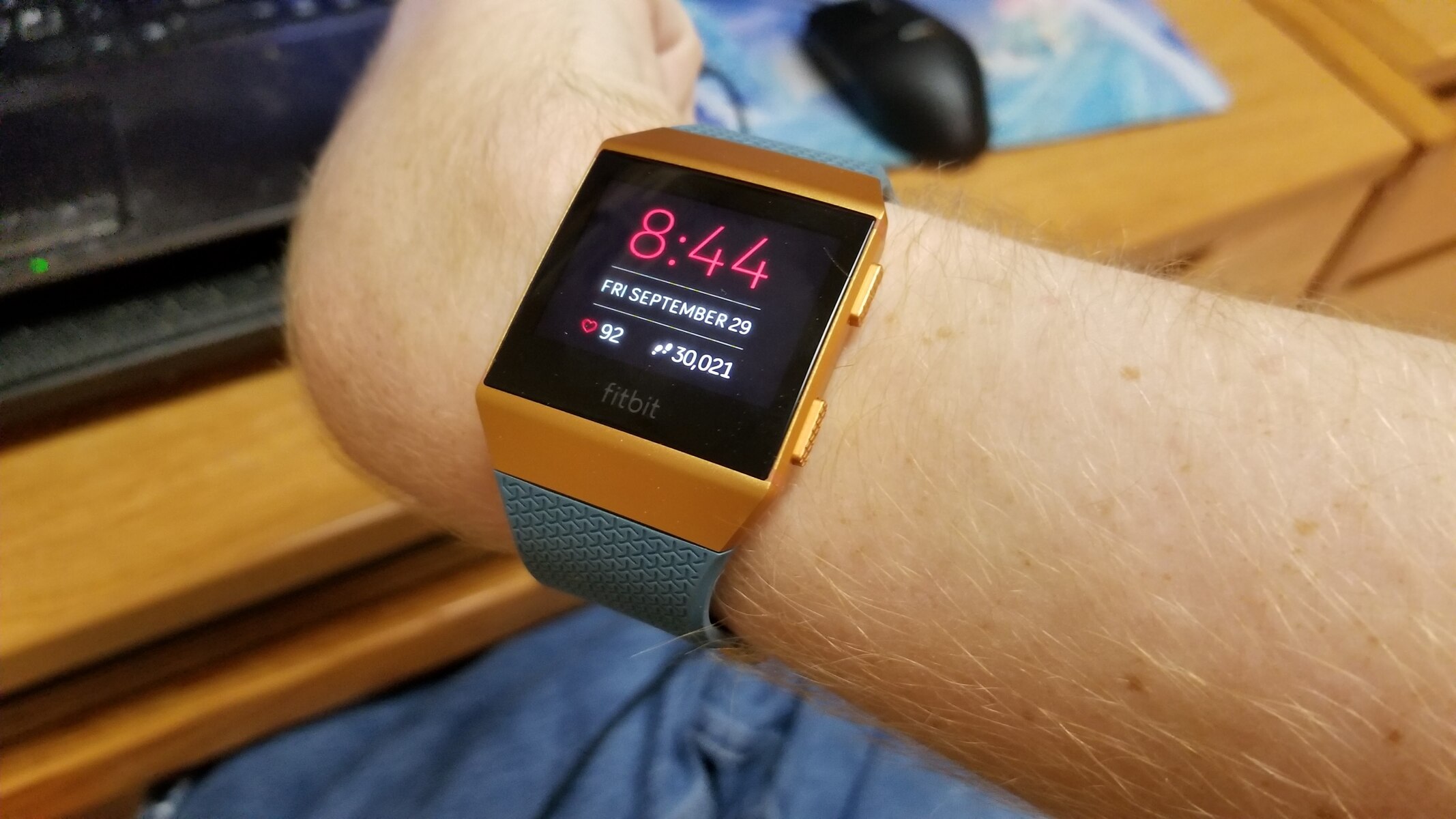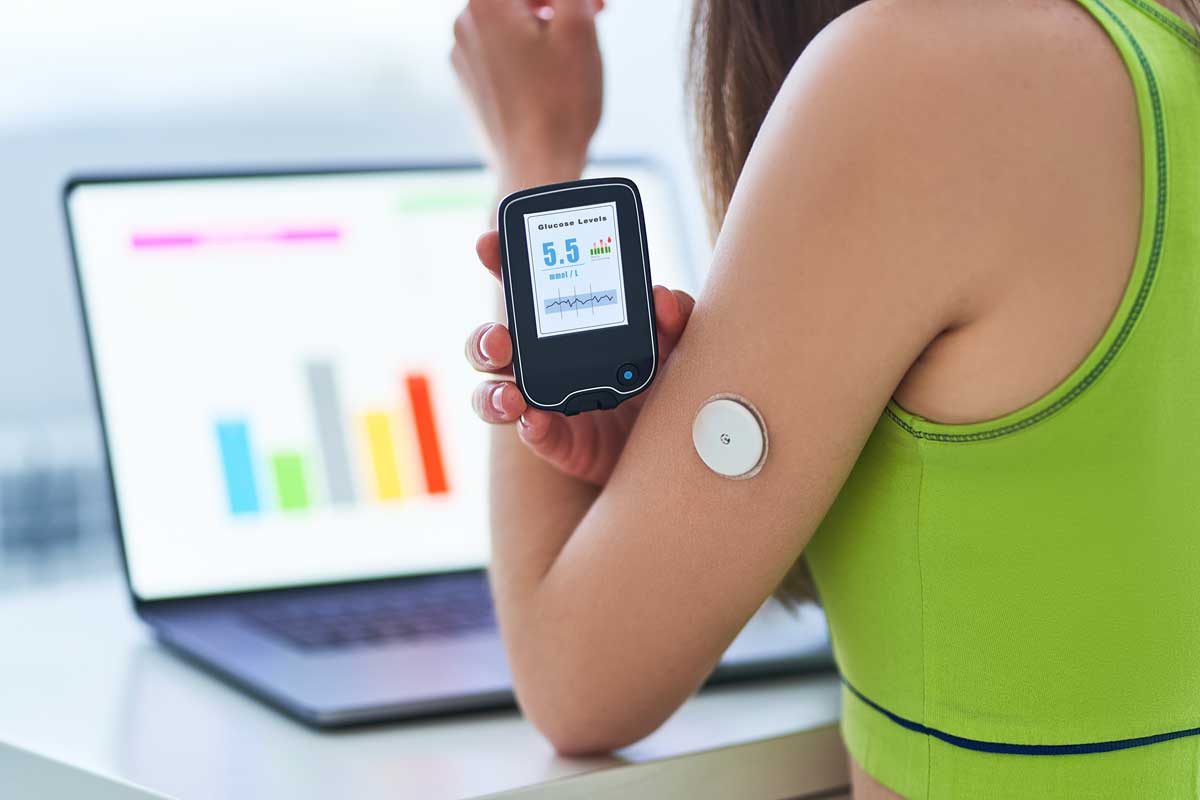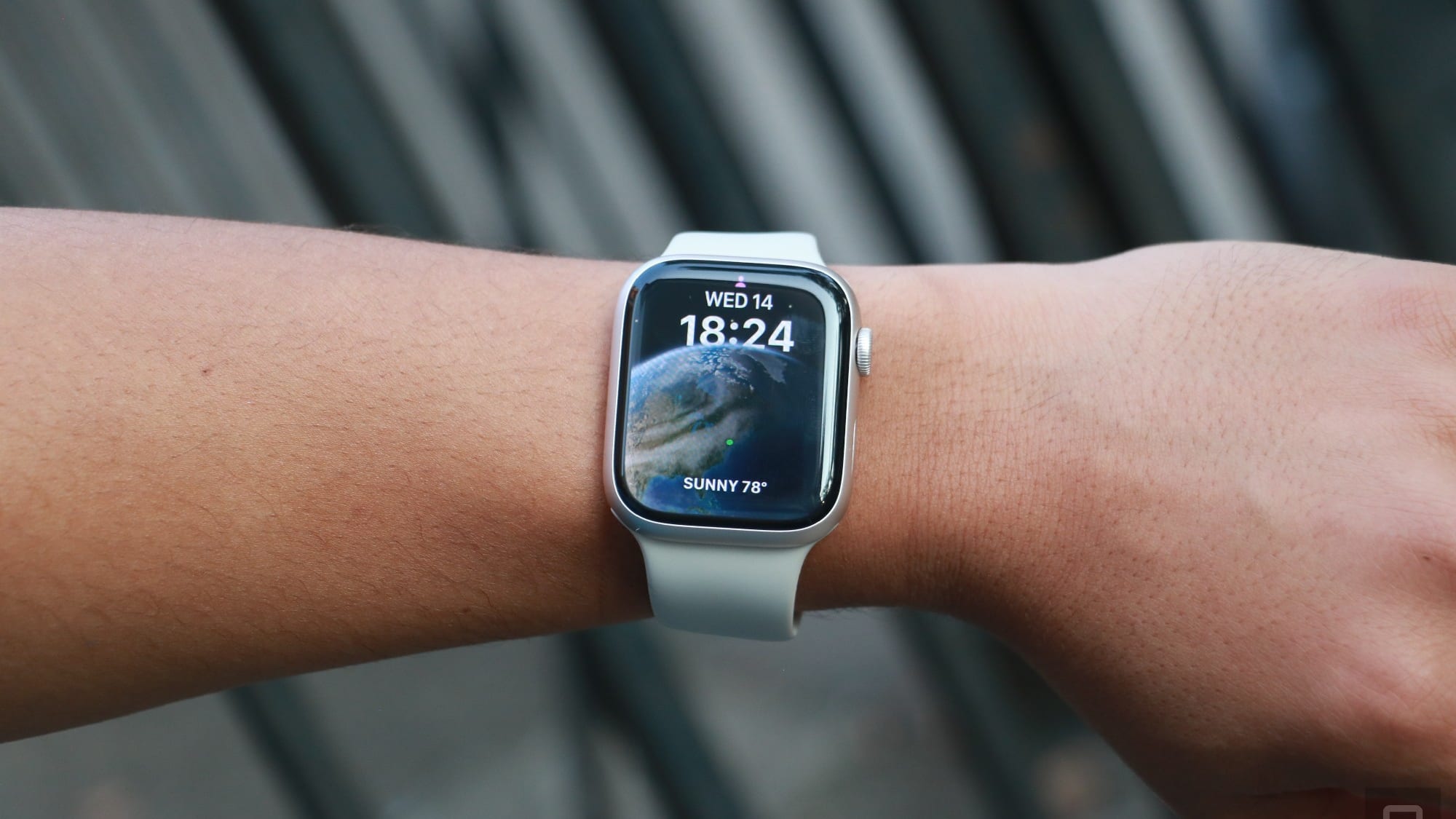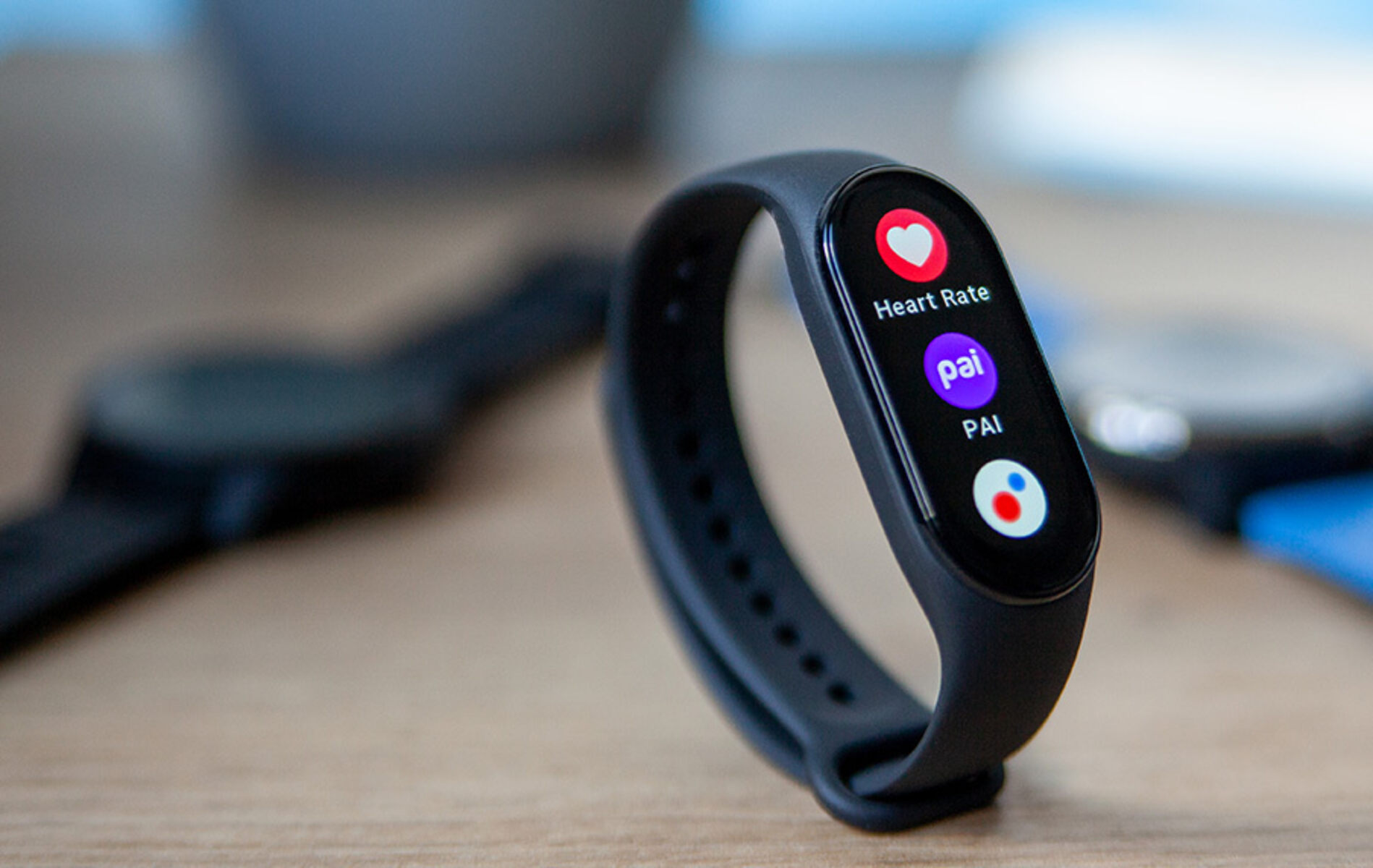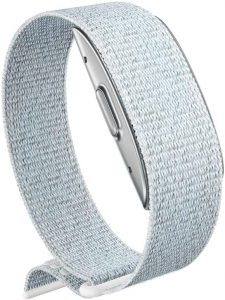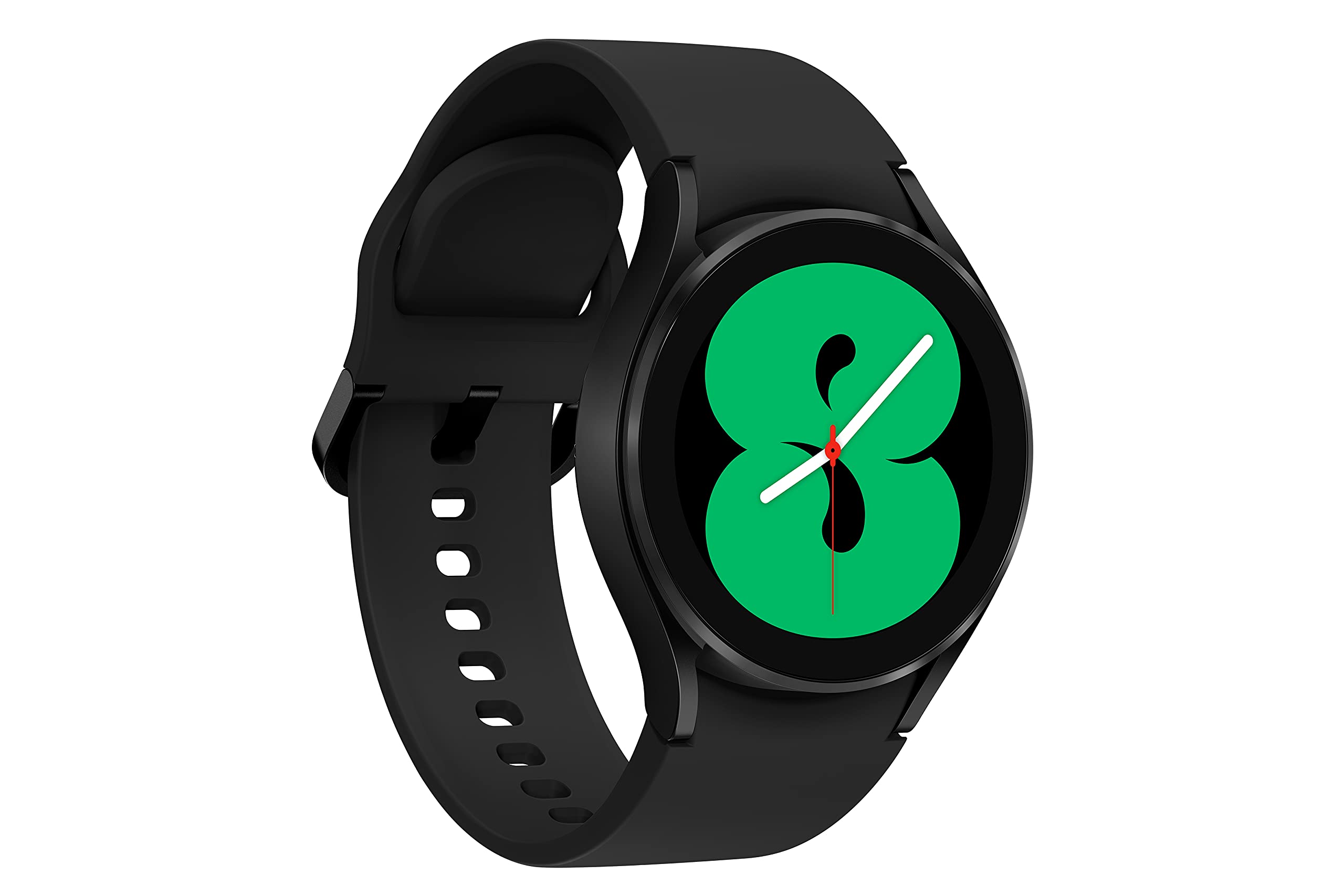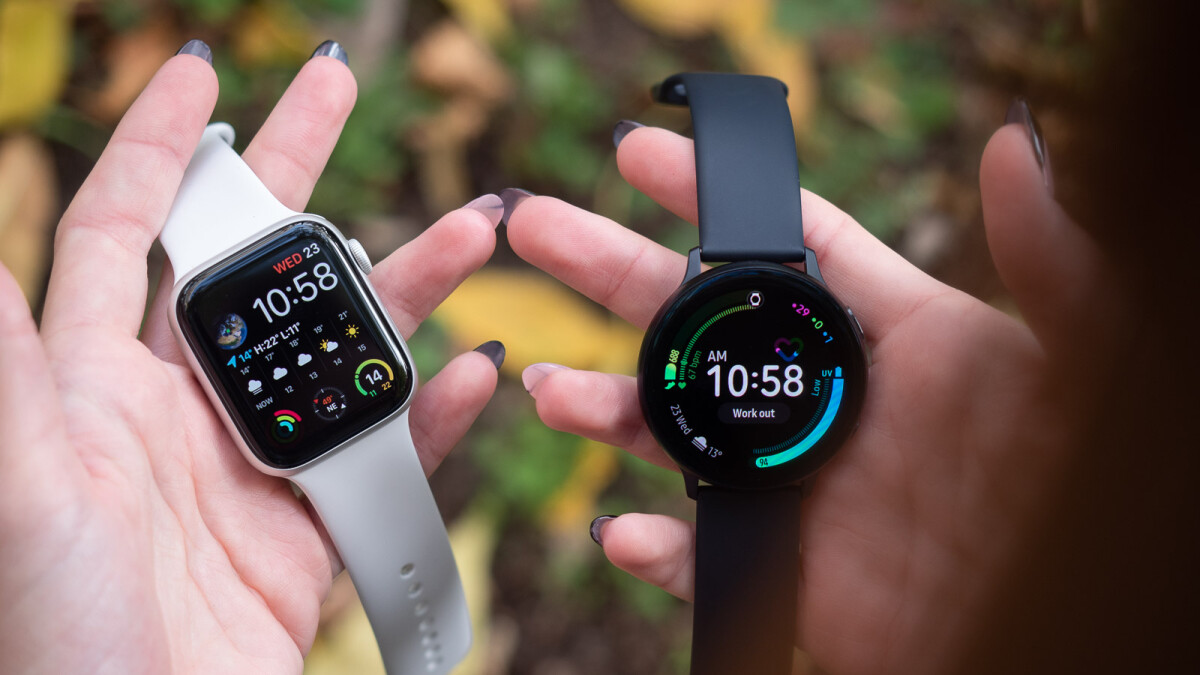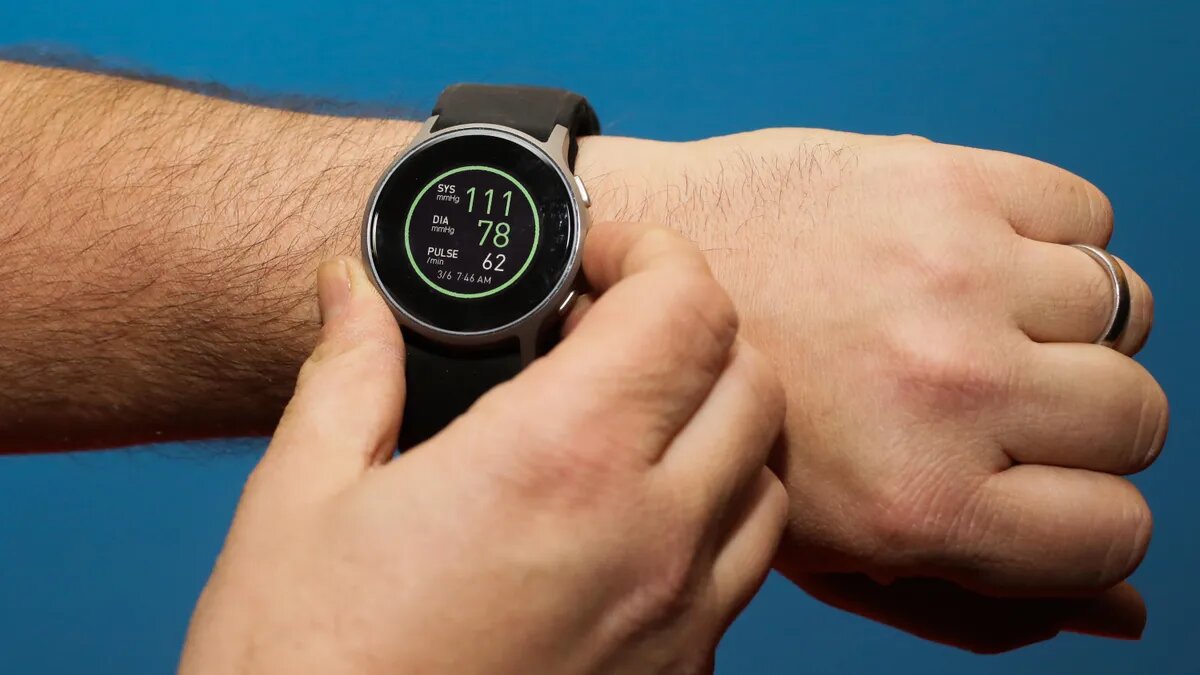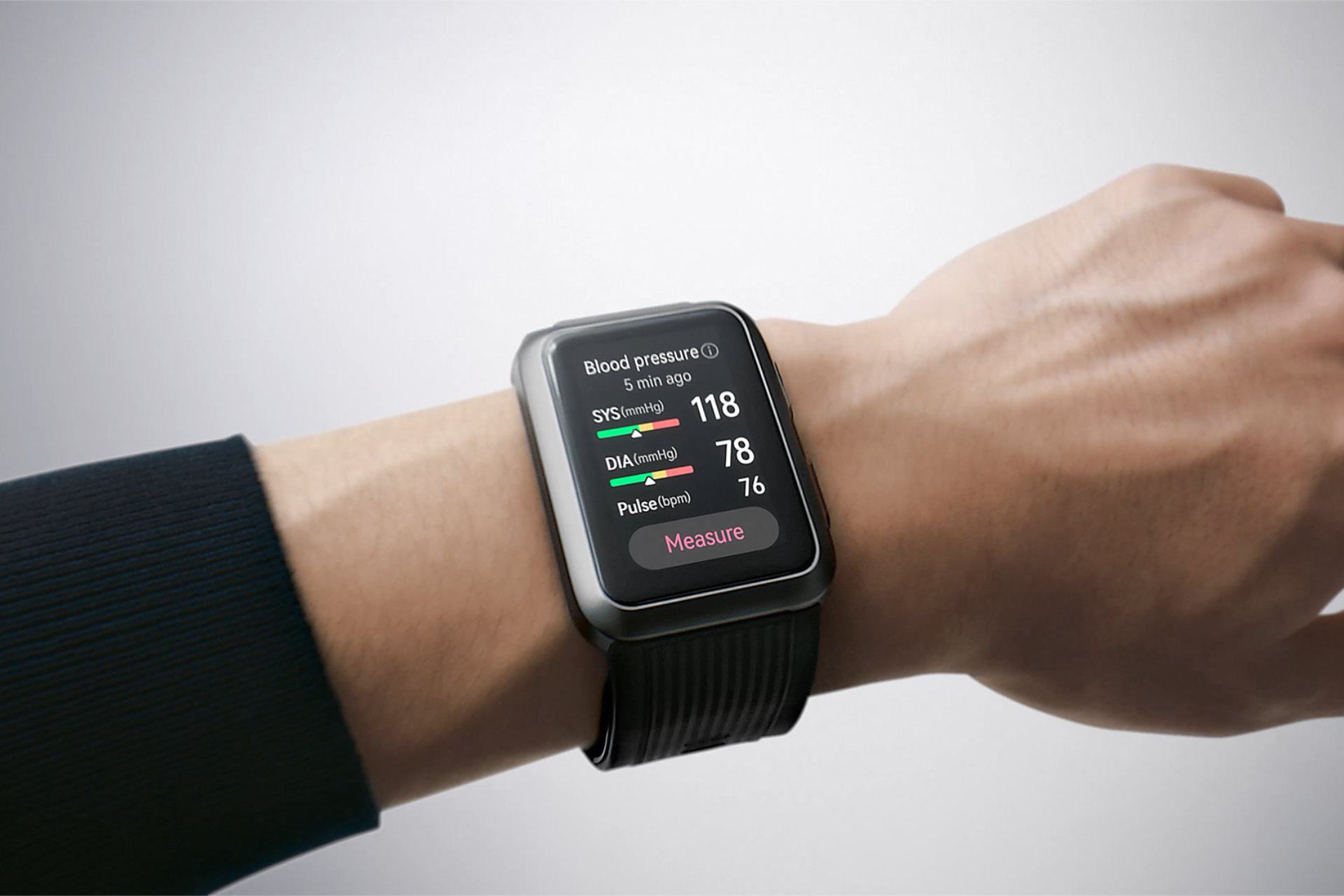Introduction
Smartwatches have revolutionized the way we monitor our health and fitness, offering a myriad of features including heart rate measurement. This technology has significantly advanced in recent years, allowing individuals to conveniently track their heart rate in real time. Understanding how smartwatches accomplish this feat and the factors influencing the accuracy of heart rate measurements is crucial for users seeking reliable health data.
The ability to monitor heart rate has become a key selling point for smartwatches, as it provides valuable insights into overall health and fitness levels. By utilizing advanced sensors and algorithms, these devices can track heart rate during various activities, from resting periods to intense workouts. This has empowered users to make informed decisions about their exercise intensity, recovery, and overall cardiovascular health.
As the demand for wearable health technology continues to surge, it is important for consumers to comprehend the underlying mechanisms of heart rate measurement in smartwatches. This knowledge can help individuals interpret their heart rate data effectively and discern the limitations of such technology. Moreover, understanding the factors that influence the accuracy of heart rate measurements is essential for optimizing the use of smartwatches in monitoring one's health.
In this comprehensive guide, we will delve into the intricacies of heart rate measurement in smartwatches, exploring the technology behind optical heart rate sensors, the accuracy of measurements, and the various factors that can affect the reliability of heart rate data. By shedding light on these aspects, readers will gain a deeper understanding of how smartwatches track heart rate and the considerations to keep in mind when interpreting this data. Let's embark on this enlightening journey to unravel the mysteries of heart rate measurement in smartwatches.
How Smartwatches Measure Heart Rate
Smartwatches employ innovative technology to measure heart rate, providing users with real-time insights into their cardiovascular activity. The most common method utilized by smartwatches to measure heart rate is through optical heart rate sensors, which utilize light to detect blood flow and calculate heart rate. These sensors are typically located on the underside of the smartwatch, in direct contact with the user’s skin.
When the optical heart rate sensor is activated, it emits light into the skin, which penetrates the blood vessels. The sensor then measures the amount of light that is absorbed and reflected by the blood. As the heart pumps blood through the body, the volume of blood in the vessels changes, causing fluctuations in the amount of light absorbed and reflected. By analyzing these fluctuations, the smartwatch can accurately determine the user’s heart rate in beats per minute.
Furthermore, smartwatches utilize sophisticated algorithms to process the data collected by the optical heart rate sensor. These algorithms filter out noise and artifacts, ensuring that the heart rate measurements are precise and reliable. Additionally, the smartwatch continuously monitors the heart rate throughout the day, providing users with comprehensive insights into their cardiovascular activity during various daily routines and exercise sessions.
It is important to note that some smartwatches also offer additional methods for heart rate measurement, such as electrical heart rate sensors that measure the electrical activity of the heart. These sensors can provide a different perspective on heart rate measurement and may be utilized in conjunction with optical sensors to enhance accuracy.
Overall, the integration of advanced optical heart rate sensors and sophisticated algorithms enables smartwatches to deliver accurate and real-time heart rate measurements, empowering users to monitor their cardiovascular health with unprecedented convenience and precision.
Optical Heart Rate Sensors
Optical heart rate sensors are the cornerstone of heart rate measurement in modern smartwatches, utilizing cutting-edge technology to capture and analyze the user’s cardiovascular data. These sensors typically consist of an array of light-emitting diodes (LEDs) and photodiodes, strategically positioned on the underside of the smartwatch to make direct contact with the user’s skin.
When the optical heart rate sensor is activated, the LEDs emit light into the skin, specifically targeting the capillaries beneath the surface. The photodiodes then detect the amount of light that is absorbed and reflected by the blood flowing through the capillaries. This process is known as photoplethysmography (PPG), which measures changes in blood volume based on the light absorption and reflection.
The captured data is subsequently processed by the smartwatch’s algorithms, which analyze the fluctuations in light absorption and reflection to derive the user’s heart rate. These algorithms are designed to filter out extraneous noise and movement artifacts, ensuring that the heart rate measurements remain accurate and reliable, even during physical activities or in challenging environmental conditions.
One of the key advantages of optical heart rate sensors is their non-invasive nature, allowing users to effortlessly monitor their heart rate without the need for cumbersome chest straps or electrodes. This seamless integration into the smartwatch design enhances user comfort and convenience, encouraging consistent usage for comprehensive heart rate tracking.
Furthermore, advancements in sensor technology have led to the development of multi-wavelength optical sensors, capable of capturing a broader range of physiological data. By leveraging multiple wavelengths of light, these sensors can gather additional information about oxygen saturation levels in the blood, providing users with a more comprehensive understanding of their cardiovascular health.
In summary, optical heart rate sensors play a pivotal role in enabling smartwatches to measure heart rate accurately and non-invasively. Their integration with advanced algorithms and the potential for multi-wavelength data capture underscores their significance in empowering users to monitor their cardiovascular well-being with unparalleled convenience and precision.
Accuracy and Limitations
The accuracy of heart rate measurements obtained from smartwatches is a critical consideration for users relying on this data to make informed decisions about their health and fitness. While modern smartwatches have made significant strides in improving the accuracy of heart rate monitoring, it is essential to recognize the inherent limitations of this technology.
Smartwatches equipped with optical heart rate sensors have demonstrated impressive accuracy during moderate-intensity activities and at rest. However, the accuracy may diminish during high-intensity workouts or activities involving vigorous arm movements, which can introduce motion artifacts and affect the sensor’s ability to capture precise heart rate data. Users engaging in such activities should be mindful of potential discrepancies in heart rate measurements and consider alternative methods for monitoring their cardiovascular activity.
Another factor influencing accuracy is the fit and positioning of the smartwatch on the wrist. A snug and secure fit is crucial for optimizing the performance of the optical heart rate sensor, as excessive movement or gaps between the sensor and the skin can compromise the accuracy of the measurements. Users should ensure that the smartwatch is worn according to the manufacturer’s guidelines to maximize the reliability of heart rate data.
Moreover, individual physiological differences, such as skin tone and thickness, can impact the performance of optical heart rate sensors. Darker skin tones, for instance, may pose challenges for accurate light penetration and detection, potentially affecting the precision of heart rate measurements. Manufacturers are continually refining sensor technology to address these disparities and enhance the inclusivity of heart rate monitoring for diverse user populations.
It is important for users to approach heart rate measurements from smartwatches with a balanced perspective, acknowledging the remarkable convenience and accessibility offered by this technology while remaining mindful of its inherent limitations. While smartwatches serve as invaluable tools for monitoring overall cardiovascular trends and providing insights into daily activity, users should exercise discernment and consider supplementary methods for precise heart rate assessment when engaging in intense physical pursuits.
Factors Affecting Heart Rate Measurement
Several factors can influence the accuracy and reliability of heart rate measurements obtained from smartwatches, prompting users to consider various considerations when interpreting their cardiovascular data.
- Physical Activity and Motion: Intense physical activities and vigorous arm movements can introduce motion artifacts, potentially impacting the accuracy of heart rate measurements. Users should be aware of the potential influence of motion on heart rate data during exercise and consider alternative monitoring methods for precise assessment.
- Wrist Placement and Fit: The proper fit and placement of the smartwatch on the wrist are crucial for optimizing the performance of the optical heart rate sensor. Users should ensure a secure and snug fit according to the manufacturer’s guidelines to minimize discrepancies in heart rate measurements.
- Environmental Conditions: Environmental factors, such as extreme temperatures and humidity, can affect the performance of optical heart rate sensors. Users should be mindful of the impact of environmental conditions on heart rate measurements and consider adjusting their monitoring approach accordingly.
- Individual Physiology: Physiological differences, including skin tone, thickness, and anatomical variations, can influence the accuracy of heart rate measurements. Manufacturers are continually refining sensor technology to address these disparities and enhance the inclusivity of heart rate monitoring for diverse user populations.
- Device-Specific Considerations: Variations in sensor technology and smartwatch design among different manufacturers can influence the accuracy and reliability of heart rate measurements. Users should familiarize themselves with the specific capabilities and limitations of their smartwatch to interpret heart rate data effectively.
By considering these factors and understanding their potential impact on heart rate measurements, users can approach the interpretation of cardiovascular data from smartwatches with informed discernment, leveraging the technology’s convenience while remaining mindful of its inherent limitations.
Conclusion
Heart rate measurement in smartwatches represents a remarkable fusion of advanced sensor technology and user-centric design, empowering individuals to monitor their cardiovascular health with unprecedented convenience and accessibility. The integration of optical heart rate sensors and sophisticated algorithms has revolutionized the way users track their heart rate, providing real-time insights into their physiological activity throughout the day.
While smartwatches offer invaluable benefits in heart rate monitoring, it is essential for users to approach the data with a balanced perspective, considering the accuracy and limitations associated with this technology. Factors such as physical activity, wrist placement, environmental conditions, and individual physiology can influence the reliability of heart rate measurements, prompting users to exercise discernment and consider alternative monitoring methods when necessary.
As the wearable health technology landscape continues to evolve, manufacturers are dedicated to enhancing the accuracy and inclusivity of heart rate monitoring in smartwatches. Ongoing advancements in sensor technology and algorithmic refinement aim to address the challenges associated with motion artifacts, diverse physiological characteristics, and environmental influences, ultimately delivering more precise and reliable heart rate data to users.
By staying informed about the intricacies of heart rate measurement in smartwatches and remaining cognizant of the factors affecting its accuracy, users can maximize the utility of this technology while making informed decisions about their health and fitness. The journey to unravel the mysteries of heart rate measurement in smartwatches is an ongoing pursuit, characterized by innovation, user empowerment, and a commitment to delivering actionable insights for individuals striving to optimize their well-being.







